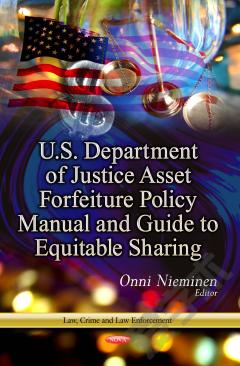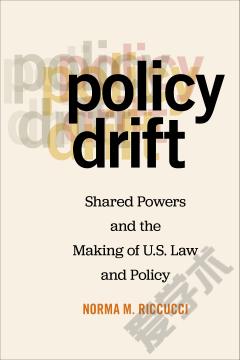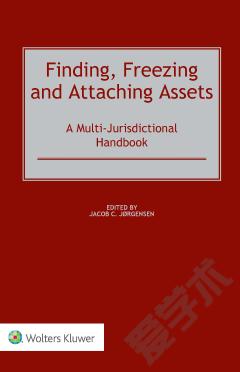U.S. Department of Justice Asset Forfeiture Policy Manual and Guide to Equitable Sharing
In the nearly 25 years since the Comprehensive Crime Control Act of 1984 authorized federal officials to implement a national asset forfeiture program, asset forfeiture has become one of the most powerful tools for targeting criminals, including drug dealers and white collar criminals, who prey on the vulnerable for financial gain. Forfeiture statutes are now prevalent throughout the federal legal code and their use, along with other important anti-crime measures, has had a significant impact on crime. One of the most important provisions of asset forfeiture is the authorization to share federal forfeiture proceeds with cooperating state and local law enforcement agencies. The Department of Justice Asset Forfeiture Program serves not only to deter crime but also to provide valuable additional resources to state and local law enforcement agencies. This book examines the U.S. Department of Justice Asset Forfeiture Policy Manual and Guide to Equitable Sharing Manual, with a focus on assisting state and local law enforcement agencies participating in the program by clarifying the directives they must follow to obtain and use equitably shared funds.
{{comment.content}}








 京公网安备 11010802027623号
京公网安备 11010802027623号